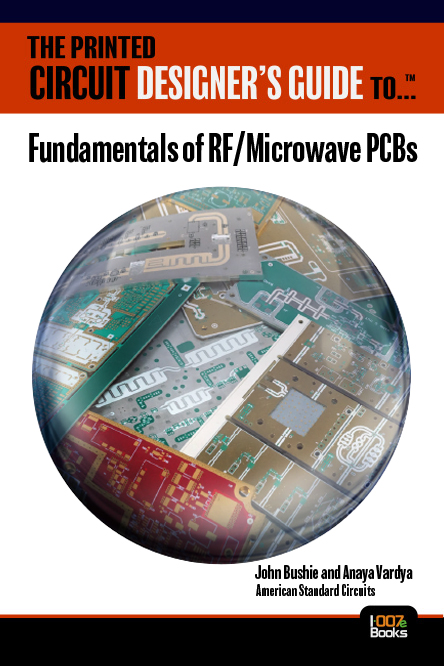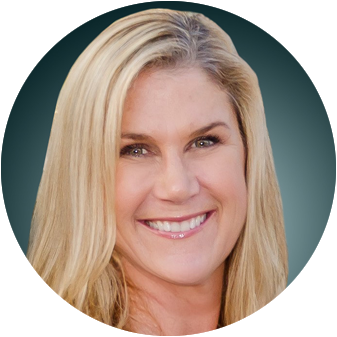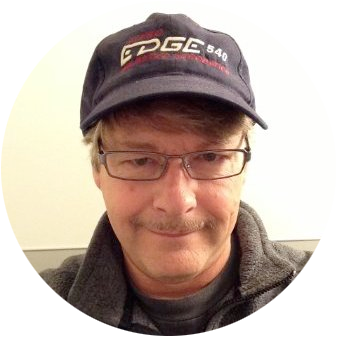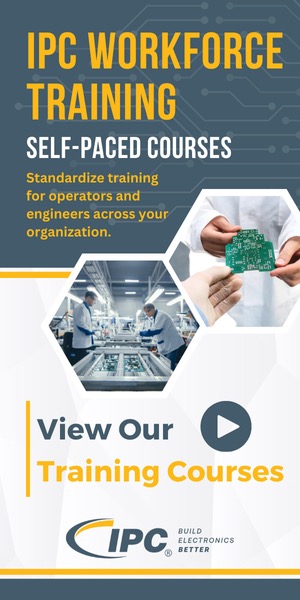Today’s designers are challenged more than ever with the task of finding the optimal balance between cost and performance when designing radio frequency/microwave PCBs.
Written by John Bushie, director of technology at American Standard Circuits, and Anaya Vardya, president and CEO, this micro eBook provides information needed to understand the unique challenges of RF PCBs. The authors answer two main questions: what is the correct material to use for a particular project, and what can be done at the design stage to make a product more manufacturable?
Readers, especially RF PCB designers, will gain a better understanding of issues related to the design and manufacture of RF/microwave devices from a PCB fabricator perspective.
ISBN#: 978-0-9998648-0-7
 John has over 20 years of experience in the PCB industry supplying and supporting the manufacture of PCBs as well as high-frequency RF/microwave circuit board laminates. He has provided product and design support to PCB and system designers throughout North America, Europe, and Asia. His extensive background in problem solving and process engineering has allowed him to support many customers through detailed and focused application engineering. It is this close relationship with customers that drives his passion for new product design and design for manufacturability.
John has over 20 years of experience in the PCB industry supplying and supporting the manufacture of PCBs as well as high-frequency RF/microwave circuit board laminates. He has provided product and design support to PCB and system designers throughout North America, Europe, and Asia. His extensive background in problem solving and process engineering has allowed him to support many customers through detailed and focused application engineering. It is this close relationship with customers that drives his passion for new product design and design for manufacturability.
Anaya Vardya
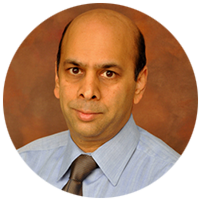
Anaya has over 33 years of experience in electronics manufacturing, including in the United States, Canada, and the Far East. He also has over a decade of executive management experience in public companies manufacturing PWBs. One of Anaya's peers, Brad Hammack of Dell EMC, described him as "…one of the most driven engineering managers I have ever worked with. He has a keen eye for details and also sees the big picture." He has an extensive understanding of virtually every aspect of PCB manufacturing operations, such as supply chain management and quality control. Anaya not only serves as ASC's CEO, but also as an expert ready to assist you with any questions you may have.
About American Standard Circuits
In the world of DFM, American Standard Circuits and Sunstone Circuits come together as a unified PCB manufacturing powerhouse with over 50 years of combined experience. Together, they offer a comprehensive range of solutions and excel in producing ultra HDI, rigid, metal-backed, RF/microwave, flex, and rigid-flex PCBs for various industries, ranging from industrial to aerospace/defense.
This strategic alliance represents their dedication to delivering exceptional products and simplifying the PCB procurement process. By merging their strengths, they have set a groundbreaking standard in PCB manufacturing, providing engineers with the ultimate PCB solution for everything from design and prototypes to large-scale production, all based on the principles of Design for Manufacturability.
The company’s impressive certifications and advanced technology expertise reflect its commitment to excellence. They prioritize unparalleled customer support, ensuring that clients' needs are always met with precision and care.
Consulting Technical Editor, 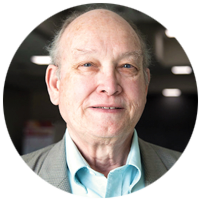 Happy Holden
Happy Holden
I-Connect007
Happy Holden is the retired director of electronics and innovations for GENTEX Corporation. Formerly, he was the chief technical officer for the world’s largest PCB fabricator—Hon Hai Precision Industries (Foxconn). Prior to Foxconn, Holden was the senior PCB technologist for Mentor Graphics and [...]
Chapter Summaries
-
Chapter 1
Chapter 1: Material Selection
Chapter 1 addresses two key parameters and other best practices to consider when selecting materials for specific applications.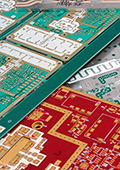
-
Chapter 2
Chapter 2: Copper Surface Roughness
Chapter 2 discusses various types of copper foil, and the effects of copper and/or oxide treatments on RF performance and other factors.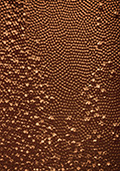
-
Chapter 3
Chapter 3: RF PCB Layer Stackup
Chapter 3 explores multilayer stackups for RF PCBs, pure versus hybrid builds, and stripline and microstrip structures.
-
Chapter 4
Chapter 4: Via Structures
Chapter 4 focuses on types of vias, microvias, and via fills, and the advantages and disadvantages of each type.
-
Chapter 5
Chapter 5: Impact of Copper Thickness Based on Structures of the PCB
Chapter 5 investigates two PCB plating methods, surface-to-hole plating ratio, the impact of sequential laminations and via fill, and via wrap plating.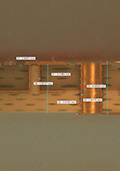
-
Chapter 6
Chapter 6: Edge Plating
Chapter 6 highlights numerous design rules for plated edges and tabs.
-
Chapter 7
Chapter 7: Cavity Constructions
Chapter 7 details cavities, prepreg materials, and critical design considerations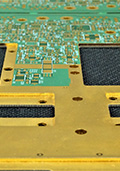
-
Chapter 8
Chapter 8: Thermal Management
Chapter 8 explains the role of thermal management in RF/microwave devices and two ways to achieve it.


